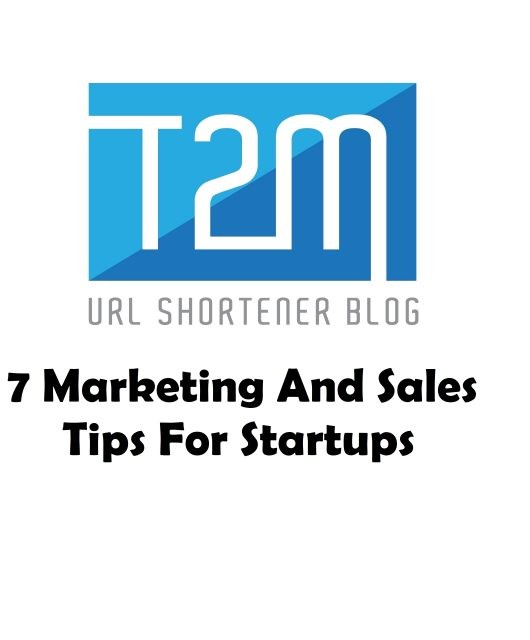Welcome to the dynamic digital marketing domain, where newsletters remain an integral tool for audience engagement. A meticulously crafted newsletter can serve as the heart of an email marketing campaign, providing businesses with a direct line to their customers’ inboxes. Leveraging the power of newsletter software is pivotal in executing this strategy effectively. Equipping yourself with the knowledge to integrate such software seamlessly into your email marketing efforts can transform how you connect with your audience. Keep reading to discover how to choose, implement, and optimize newsletter software for your campaign.
Understanding the Role of Newsletter Software in Email Marketing
Email marketing stands as a communications stalwart in an ever-evolving digital landscape. At its core lies newsletter software, a pivotal tool that automates and streamlines creating, sending, and managing email campaigns. With robust features tailored to enhance efficiency and efficacy, this software empowers marketers to deliver personalized content to segmented audiences easily.
The choice of newsletter software can dramatically impact the quality of interaction between a brand and its consumers. It serves as a channel for dissemination and analytics tools, providing valuable insights into subscriber behavior and preferences. This data-driven approach helps tailor strategies to maximize engagement and conversion rates.
Effective newsletter software elevates the user experience through responsive design and targeted content, ensuring messages resonate with recipients. Additionally, it ensures adherence to compliance standards like GDPR, safeguarding both the sender and the subscriber. The right software solution fine-tunes the delivery of your message to reach its intended audience with precision.
Moreover, integrating third-party applications and services transforms newsletter software from a standalone entity to a cohesive component of broader marketing operations. This integration enables the synchronization of data across platforms, enhancing the overall effectiveness of marketing campaigns.
Selecting the Right Newsletter Software for Your Campaign Goals
Selecting newsletter software requires careful consideration of your campaign goals and audience needs. Begin by identifying key features that align with your marketing objectives, such as segmentation capabilities, A/B testing, autoresponders, and detailed reporting. The right tool will facilitate these functions and scale with your business as it grows.
Consideration of the user interface and ease of use is critical, especially for teams with varying technical expertise. A platform with an intuitive design lowers the learning curve and enables marketers to focus on creating compelling content rather than navigating complex software. User-friendliness should not be underestimated in the selection process.
Cost efficiency is another essential factor—it is prudent to invest in a solution that offers a high return on investment without hidden fees. Some newsletter software providers offer tiered pricing models that allow you to pay for exactly the features you need without overspending on superfluous functionality. This helps you manage your budget while still maximizing the impact of your campaigns.
Reputation and reliability are also paramount. Opt for a service provider with a proven uptime and customer support track record. Read reviews and case studies and even consider contacting other users to hear first-hand how the software has performed in various scenarios. A well-reputed platform will often offer stability and peace of mind.
Integrating Newsletter Software with Existing Email Platforms

Newsletter software should be seamlessly integrated into an existing email platform, fostering a cohesive ecosystem for your digital marketing strategy. Many providers offer APIs or built-in connectors that facilitate the synchronization of contact lists, campaign statistics, and other essential data. This interoperability is crucial for maintaining a single source of truth regarding your audience’s interactions.
When setting up the integration, ensure data flows bidirectionally, updating subscriber information and campaign analytics in real time. This allows for a nuanced understanding of your audience, informing future campaigns through historical engagement data. The more synchronized the systems, the more personalized and timelier your email marketing efforts can become.
Altogether, integrating newsletter software into your email marketing requires thoughtful analysis and strategic action. Overall, it presents an opportunity to refine your communication with subscribers, forge stronger customer relationships, and ultimately drive business success.











